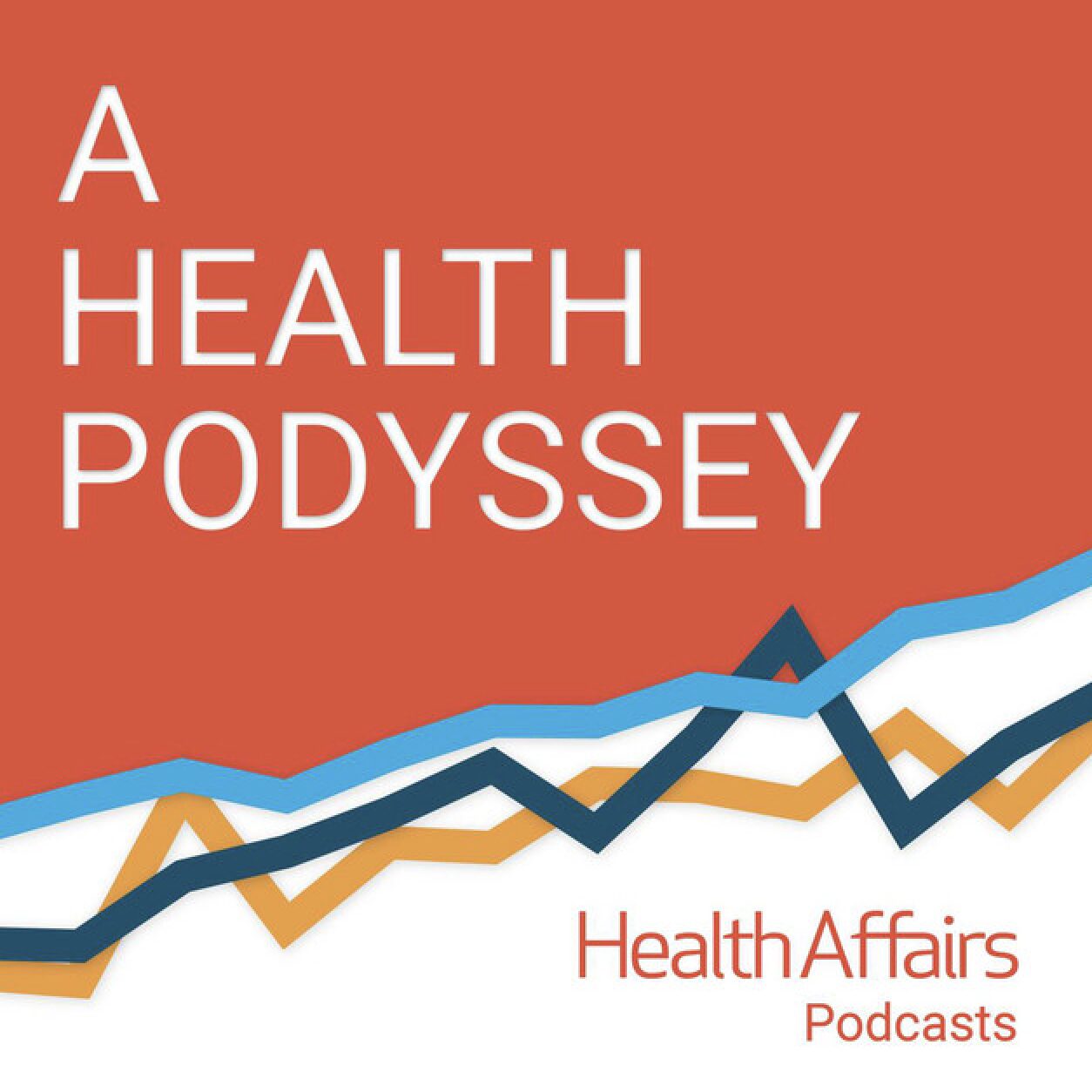Cases of COVID-19 are on the rise in the United States and across the globe, but is it really cause for concern? Dr. Michael Osterholm, Director of the Center for Infectious Disease Research and Policy at the University of Minnesota, explains what to expect next with the COVID-19 pandemic and new variants such as BA.2.12.1 on an episode of The Osterholm Update. Read on—and to ensure your health and the health of others, don’t miss these Sure Signs You’ve Already Had COVID.
1. What’s Happening In North Korea?
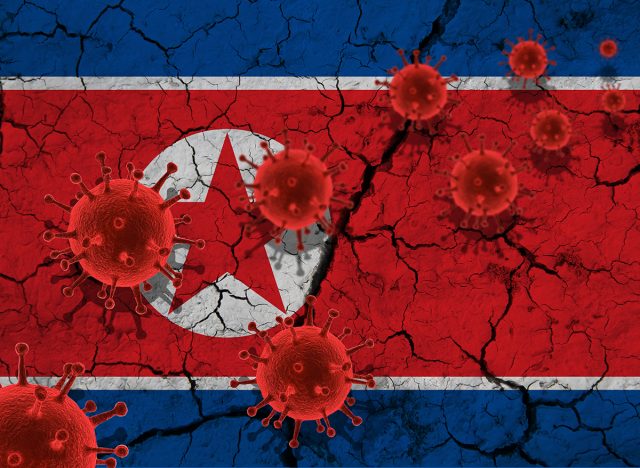
North Korea claimed their first confirmed case of COVID-19 last week—but what’s really going on? “Clearly North Korea is one of those countries where it’s almost impossible to know exactly what’s going on due to their government’s tight control and oversight of news,” says Dr. Osterholm. “For example, over the past several years, as we’ve had famines hit Korea and likely up to a million people died, they denied that it was actually happening. It was only when bodies started washing up in China, that we really started to get a sense of just how desperate things were in Korea. So I’m not sure what we can take from the information we have, but when it appears to be as severe as it is, you can surely appreciate it’s probably a lot worse than we’re even understanding. So, we’re largely left interpreting whatever information the North Korean government decides to provide. Of course, this is a country that claimed previously had not had a single case of COVID detected since the start of the pandemic.”
2. Global Cases of COVID-19 Have Increased

“For the first time in two months, weekly global cases increased almost slightly, surpassing 3.8 million last week, which is up from 3.7 million the week prior,” says Dr. Osterholm. “Again, I come back and I emphasize over and over again: The fact that reporting has likely dropped substantially, relative to the inability to be tested by PCR, and the infrastructure of many countries to actually count cases has been eliminated. So take these numbers for what they may be worth. From a regional perspective the uptick appears to be driven by increases in the Americas, the Western Pacific region and Africa, although Africa’s overall activity has been largely driven by what is happening in South Africa alone.”
3. But Weekly Deaths Are Going Down

“I’d be remiss not to provide an update on weekly deaths, which slowly but surely continue to descend,” says Dr. Osterholm. “As of last week, a total of 10,200 deaths were reported, which was down from 12,400 the previous week. So over the past three months, we’ve seen the weekly death toll go from 77,000 to nearly 10,000, the lowest since the start of the pandemic. This is not just an artifact of poor reporting. Yes, it may contribute to this, but it also clearly reflects the current status of the pandemic. Now, of course, as you may recall, there was actually a span of 48 consecutive weeks extending from early November to late September where the death toll was about 50,000 every week… So think about where we’re at right now.”
4. Don’t Get Complacent About the Virus

5. What About BA.4 and BA.5?

“The European center for Disease Prevention and Control opted to officially label BA.4 and BA.5 as variants of concern, warning of potential case surges throughout the region, over the course of the next couple of months,” says Dr. Osterholm. “Based on some early sequencing data, BA.4 and BA.5 do appear to have a growth advantage over BA.2 in several European countries. So we certainly could see a situation where it could prompt an increase in overall case numbers, but with the sample size of just two, I think our best approach is to wait and see and in the meantime, keep our eyes open for a new sub lineage or even another variant together. This will be good news if BA.4 and BA.5, while it may infect us, doesn’t cause an increase in severe illness, hospitalizations, and of course deaths. But at the same time, we must keep our eyes wide open for whatever will be that next variant, wherever it’ll show up.”
6. BA.2.12.1 Is Taking Over the U.S.
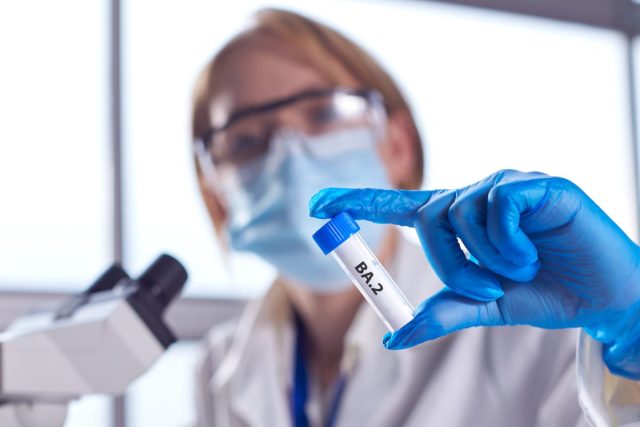
“The case numbers are much higher than are being reported,” says Dr. Osterholm. “I know more people today who have been diagnosed with COVID in the last seven days, than any time period in the entire pandemic. This virus is virtually everywhere. Over the last few weeks, I’ve been emphasizing how little the case numbers being reported actually mean due to a lack of available and affordable PCR testing in the U.S. and the number of at-home tests. We just can’t rely on these numbers. Eric Topol’s essay touches on several issues that are at play here, and it also discusses changing metrics that are misleading to the public.”
7. More Cases Don’t Mean More Deaths
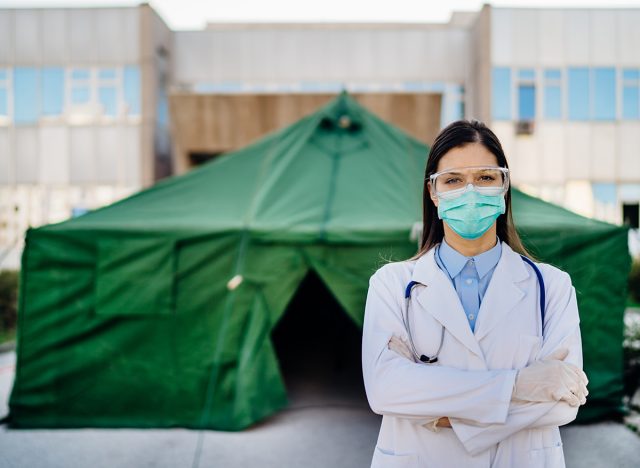
“We are seeing a substantial reduced severity of illness, which again in the end, some of us have said all along, we can’t go for zero COVID, but wouldn’t it be great if we could go for zero COVID deaths?” says Dr. Osterholm. “And I think that’s what we really need to consider right now, if among those 318 that are dying per day, how many of those would’ve died had they been fully vaccinated or had access to an antiviral drug? And so this is where I think we need to concentrate on.”
8. Long COVID Is Serious
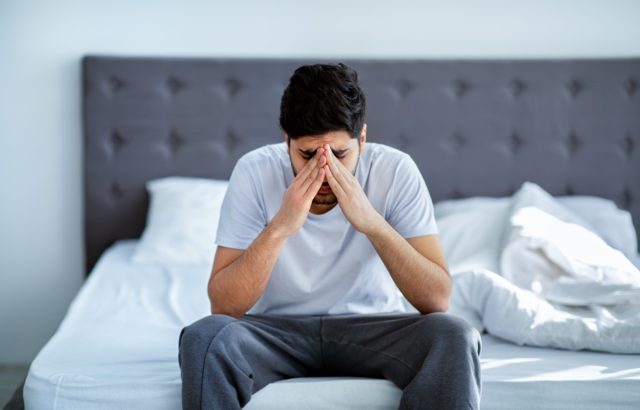
“We still don’t want to get COVID,” says Dr. Osterholm. “I remain very concerned about the issue of long COVID. What would that mean to get that? There are a number of you listening to this podcast who I know are experiencing long COVID, you know what kind of hell it can be. So I’m not even satisfied just getting a mild illness, because I don’t know if that’s going to result in long COVID. I do know my vaccine status is going to help protect me against long COVID even if I do develop COVID itself, but let me leave you with one last point and this is the unsatisfactory answer to this question: I don’t know what’s gonna happen next. Will we see a new variant that will fundamentally change all of this and take us to a new place? I don’t know that. And that’s the unknown that leaves this answer so unsatisfactory.”
9. If You Feel Sick, Stay Home No Matter What

“I can give one measure that is totally reliable is the continued significant symptoms,” says Dr. Osterholm. “If you’re on day six or seven since you come down with COVID and you still have a high fever or cough, it’s best to stay home and rest. Rapid antigen tests may also be a helpful tool here, but they cannot provide definitive proof as to whether or not you are infectious and should continue to isolate. I also want to acknowledge that isolation is an equity issue where you factor in access to sick leave, caretaking responsibilities and lost wages. So I don’t want to lose that nuance, but best infection control practice for our infectious diseases say, stay home if you’re sick. I wish I could have provided a more clear cut answer to this, but I hope this at least gives you a sense of what we do and don’t know about this issue, and how to use this information to guide your decisions about isolation.”
10. How to Stay Safe Out There
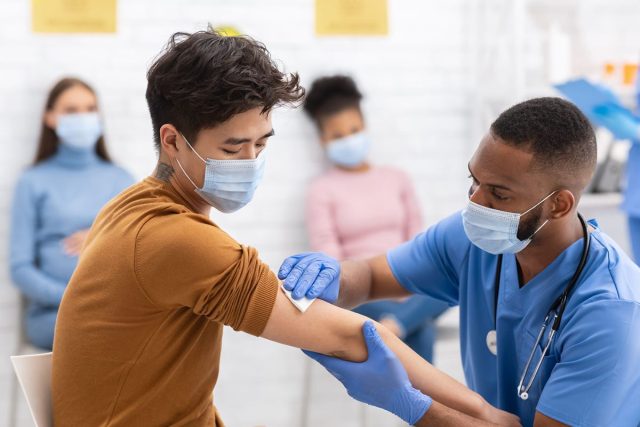
Follow the public health fundamentals and help end this pandemic, no matter where you live—get vaccinated or boosted ASAP; if you live in an area with low vaccination rates, wear an N95 face mask, don’t travel, social distance, avoid large crowds, don’t go indoors with people you’re not sheltering with (especially in bars), practice good hand hygiene, and to protect your life and the lives of others, don’t visit any of these 35 Places You’re Most Likely to Catch COVID.





